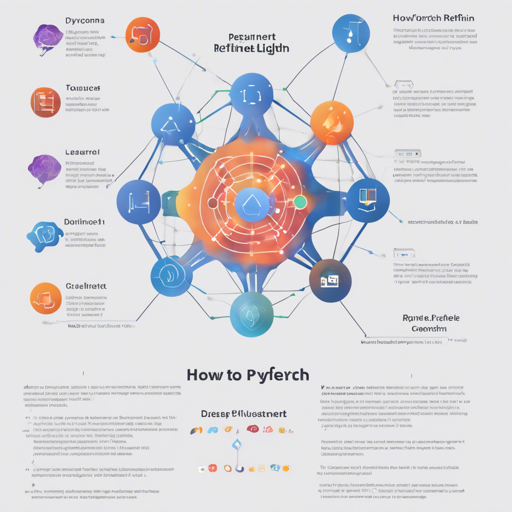Welcome to the world of semantic segmentation! Today, we’re going to explore the Light-Weight RefineNet model, which offers efficient real-time semantic segmentation capabilities. This step-by-step guide will walk you through the installation, running examples, and training scripts, ensuring you get off to a flying start! Let’s dive right in!
Getting Started
Before we begin to implement the Light-Weight RefineNet in PyTorch, ensure you have the right environment set up:
- Operating System: Ubuntu (recommended for flawless results)
- Python Versions: Python 2.7 or Python 3.6
Install Dependencies
To successfully execute the code, you need some dependencies installed. Use the following commands:
- For Python 2:
pip install -r requirements.txt - For Python 3:
pip3 install -r requirements3.txt
Remember to use the flag -u for a local installation.
Running Examples
The Light-Weight RefineNet team has provided Jupyter notebooks, making them easy to run. You can choose between downloading the notebooks or using Google Colab for a seamless experience. Here’s how:
Local Jupyter Notebooks
jupyter notebookThis command starts the Jupyter Notebook server locally. Your browser should open a new webpage. If it doesn’t, find the port number from the command output and access it manually. Navigate to the repository folder and run any of the examples found in the notebooks folder.
Colab Notebooks
If you’d like an easy setup and access to free GPUs, use Google Colab:
Understanding the Code: An Analogy
The actual implementation of Light-Weight RefineNet may seem complex, but think of it as a team of highly skilled chefs, each with their specialty, working together to create a gourmet dish. Each part of the neural network corresponds to a chef specializing in a specific technique, such as chopping, sautéing, or seasoning.
- The ResNet-50 and MobileNet-v2 backbones are like chefs who bring in the best culinary techniques to ensure the dish is not only delicious but also efficiently prepared.
- The data augmentation methods are similar to adapting recipes based on the ingredients available, ensuring that the dish remains consistent regardless of variations.
- Finally, the training scripts are akin to having a well-crafted recipe that guides the chefs step by step, ensuring success in creating the final dish!
Troubleshooting
If you encounter any issues while setting up or running Light-Weight RefineNet, here are some troubleshooting tips:
- Environment Issues: Ensure you are running the code in a supported environment (preferably Ubuntu) as other operating systems may introduce unexpected behaviors.
- Python Compatibility: Make sure you are using Python 2.7 or 3.6. If dependency versions conflict, it may lead to errors during execution.
- Data Paths: Verify the paths in your dataset configurations; incorrect paths to images or masks will halt training.
- GPU Issues: If you’re using a GPU, ensure that the relevant drivers are installed and configured correctly.
For additional support, feel free to reach out or check further resources related to Light-Weight RefineNet. For more insights, updates, or to collaborate on AI development projects, stay connected with fxis.ai.
In Conclusion
At fxis.ai, we believe that such advancements are crucial for the future of AI, as they enable more comprehensive and effective solutions. Our team is continually exploring new methodologies to push the envelope in artificial intelligence, ensuring that our clients benefit from the latest technological innovations.
Ready to explore and create with Light-Weight RefineNet? Your journey into the realm of semantic segmentation begins here!

